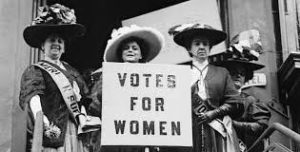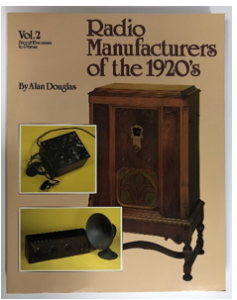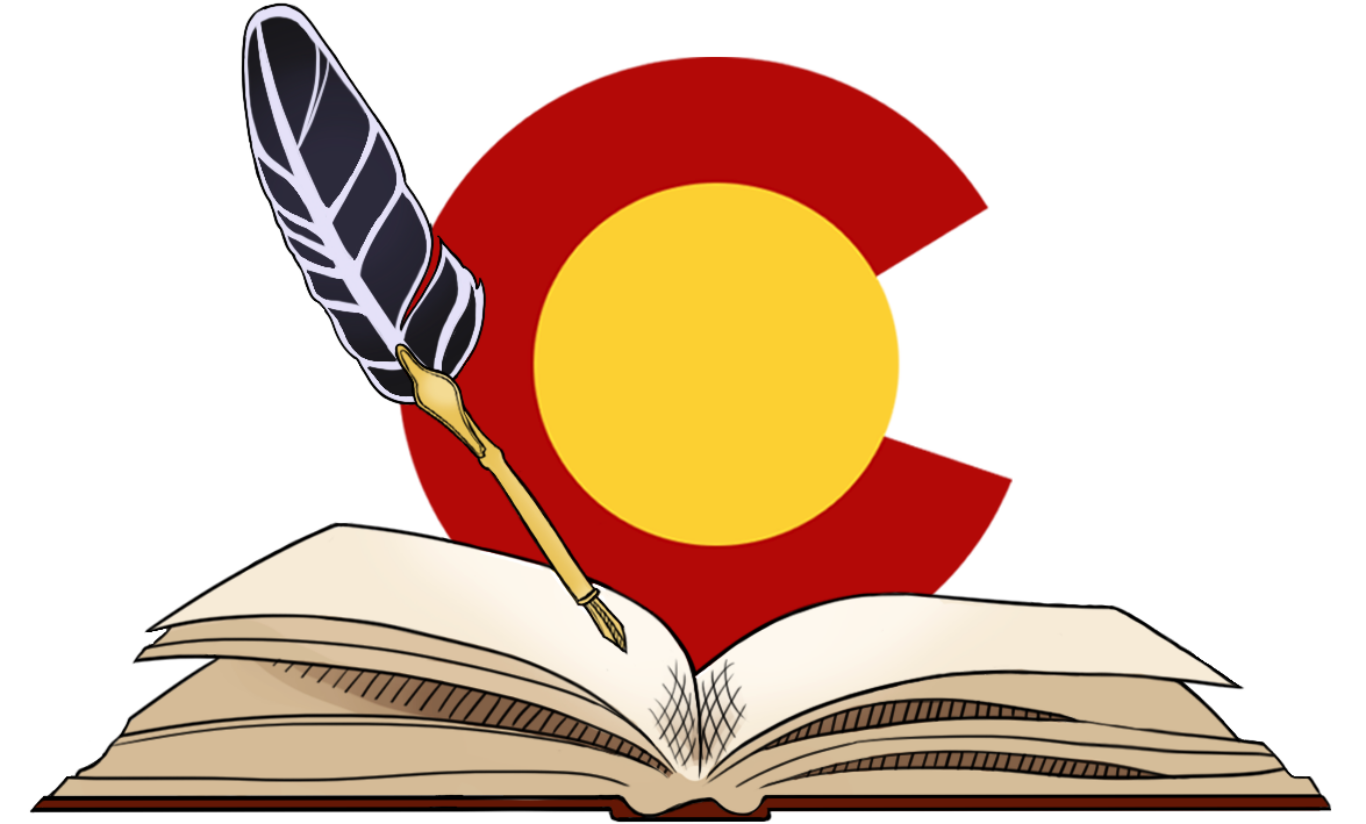by Patti Dahlberg
The 1920 Summer Olympics, the first held after the end of the World War I, was awarded to Antwerp, Belgium in the hopes of bringing a spirit of renewal to a country left devastated by World War I (WWI). The games lasted from April 20 to September 12 (almost five months) and the themes centered on reconciliation between nations and remembering the victims. Although the countries defeated in WWI were not  forbidden to attend the games, they were also not invited. Awarded the games in 1919, Belgium had only a short time to clear war rubble and construct new facilities and did an amazing job amidst the physical and economic chaos of post-war Europe. Granted, when the games started the athletic stadium was not yet completed and athletes were housed in crowded rooms furnished with folding cots, but that did not deter the more than 2,600 athletes representing 29 countries from participating. Unfortunately, spectator attendance was low as money was still scarce for most people, and in the final days of the games, organizers filled the stands with schoolchildren.
forbidden to attend the games, they were also not invited. Awarded the games in 1919, Belgium had only a short time to clear war rubble and construct new facilities and did an amazing job amidst the physical and economic chaos of post-war Europe. Granted, when the games started the athletic stadium was not yet completed and athletes were housed in crowded rooms furnished with folding cots, but that did not deter the more than 2,600 athletes representing 29 countries from participating. Unfortunately, spectator attendance was low as money was still scarce for most people, and in the final days of the games, organizers filled the stands with schoolchildren.
The 1920 Olympics were the first games in which the now well-known Olympic flag with the symbol of five interlocking rings representing world unity and universality appeared. It was also the first time that one athlete took the Olympic oath on behalf of all the athletes and that doves, symbolizing world peace, were released during the opening ceremony. For those medal counters out there – the United States, Sweden, and Great Britain walked away from the games with the highest total medal counts overall, with 95, 64, and 43 respectively. (The 1916 Olympics, originally scheduled to be held in Berlin, Germany were canceled due to WWI [July 28, 1914 – Nov. 11, 1918]).
Women achieved the right to vote. The United States women’s suffrage movement could be traced back to 1638, when Margaret Brent, a  successful business woman in Virginia demanded the right to vote in the state’s House of Burgesses. By 1920, a mere 282 years later, nearly every state west of the Mississippi River allowed women to vote. Colorado gave women the right to vote in 1893. Finally, on August 18, 1920, the Tennessee House of Representatives voted 50-49 in favor of the 19th Amendment, which prohibited the denial of the right to vote based on sex. It was the last “yes” vote needed for ratification.
successful business woman in Virginia demanded the right to vote in the state’s House of Burgesses. By 1920, a mere 282 years later, nearly every state west of the Mississippi River allowed women to vote. Colorado gave women the right to vote in 1893. Finally, on August 18, 1920, the Tennessee House of Representatives voted 50-49 in favor of the 19th Amendment, which prohibited the denial of the right to vote based on sex. It was the last “yes” vote needed for ratification.
By the way, the first woman to hold federal office was Jeannette Pickering Rankin, elected to the U.S. House Of Representatives from Montana in 1916. While in Congress, she introduced the legislation that eventually became the 19th Amendment to the Constitution.
Ratification of the 19th Amendment made the 1920 election the first in which women had the right to vote in all 48 states, and women showed up at the polls to let their voices finally be heard. The total popular vote increased dramatically from 18.5 million in 1916 to 26.8 million in 1920. It was also the first election in which both the Republican and Democratic parties, anxious to attract women’s votes, sought prominent women to speak in support of their candidates. Among them was Corinne Roosevelt Robinson, sister of Theodore Roosevelt.
The League of Women Voters (LWV), founded in 1920, about six months before the 19th Amendment was ratified, was created to educate women on election processes and help them exercise their new responsibilities as voters. The LWV, officially a nonpartisan entity, was also formed to lobby for favorable legislation on women’s issues. Originally, only women could join the league, but in 1973, the charter was modified to include men.
A guy named Ponzi came up with a sales idea. In the early 1900s, countries around the world created an “international reply coupon” to simplify mailing items across national borders. These coupons could be bought in one country and then traded for postage stamps in another. Charles Ponzi, an Italian immigrant to the U.S. found a loophole in the system. Due to economic ruin in much of Europe after WWI, Ponzi realized that he could buy coupons in various countries at a reduced cost and redeem them in the U.S. for a return on investment. Because he wanted large returns, he needed large investments. He set up a business, hired agents to bring in new investors, promising large commissions for the money brought in. Word spread and investors brought in new investors who brought in new investors. Ponzi soon realized that profit was no longer a necessary ingredient for the company to operate as investors were essentially funding each other’s commissions. The system, of course, eventually collapsed, and Charles Ponzi was arrested on August 12, 1920, and charged with 86 counts of mail fraud.
The birth of mass media? On election night, November 2, 1920, the first commercially licensed radio station to produce a news program, KDKA in Pittsburgh, PA, began broadcasting live results of the presidential election. The radio station, broadcasting from the rooftop of a Westinghouse Electric building, timed the news launch to allow listeners to learn the results of the election closer to “real time” instead of waiting to read about it in newspapers the next day. The election-night coverage began at 6 p.m. and was broadcasted to an estimated 1,000  people. The four men on staff at the radio station that night read telegraph ticker election results over the air as the results came in. The newscast was a hit, changing the way people received information. News began to have a greater sense of immediacy; radio could share stories with the public as the stories unfolded.
people. The four men on staff at the radio station that night read telegraph ticker election results over the air as the results came in. The newscast was a hit, changing the way people received information. News began to have a greater sense of immediacy; radio could share stories with the public as the stories unfolded.
As word spread of this transmission of “breaking news” the “talking box” exploded in popularity. Within two years, Americans had bought 100,000 radios. By 1923, they bought 500,000, and by 1926, there were more than 700 commercial radio stations. According to Eric Burns, in his book “1920: The Year That Made the Decade Roar”, no other event of 1920 would have a greater effect on the future than the birth of radio and mass media.
More Urban than Rural. The United States Census reported for the first time that more Americans lived in urban areas than in rural areas. At that time, “urban” was defined as any town with more than 2,500 people. The 1920 census also reported that the U.S. population was more than 100 million people for the first time – 106,021,537 people to be more exact. It was also the first census in which a state, New York, recorded a population of more than 10 million people. Overall, the U.S. population increased by 15%. Colorado’s population rose from 799,024 in the 1910 census to 939,629 in 1920, up almost 18%.
The U.S. Constitution requires that seats in the House of Representatives be reapportioned according to state populations every ten years, based on the results of the decennial census. The census of 1920 was the first-ever exception to this redistribution of representation when members of Congress failed to agree on a reapportionment plan. The distribution of seats from the 1910 census remained in effect until 1933. In 1929, Congress passed the Permanent Apportionment Act of 1929 to provide a permanent method of reapportionment and fixed the total number of representatives at 435.
Resources:
- https://www.britannica.com/event/Antwerp-1920-Olympic-Games
- https://www.olympic.org/antwerp-1920
- https://www.crf-usa.org/bill-of-rights-in-action/bria-20-2-a-how-women-won-the-right-to-vote
- https://dp.la/exhibitions/radio-golden-age/radio-broadcast-news
- https://www.census.gov/history/www/through_the_decades/overview/1920.html
